Where China's 'zero COVID' policy stands
How lockdowns have played out in the world's second-largest economy
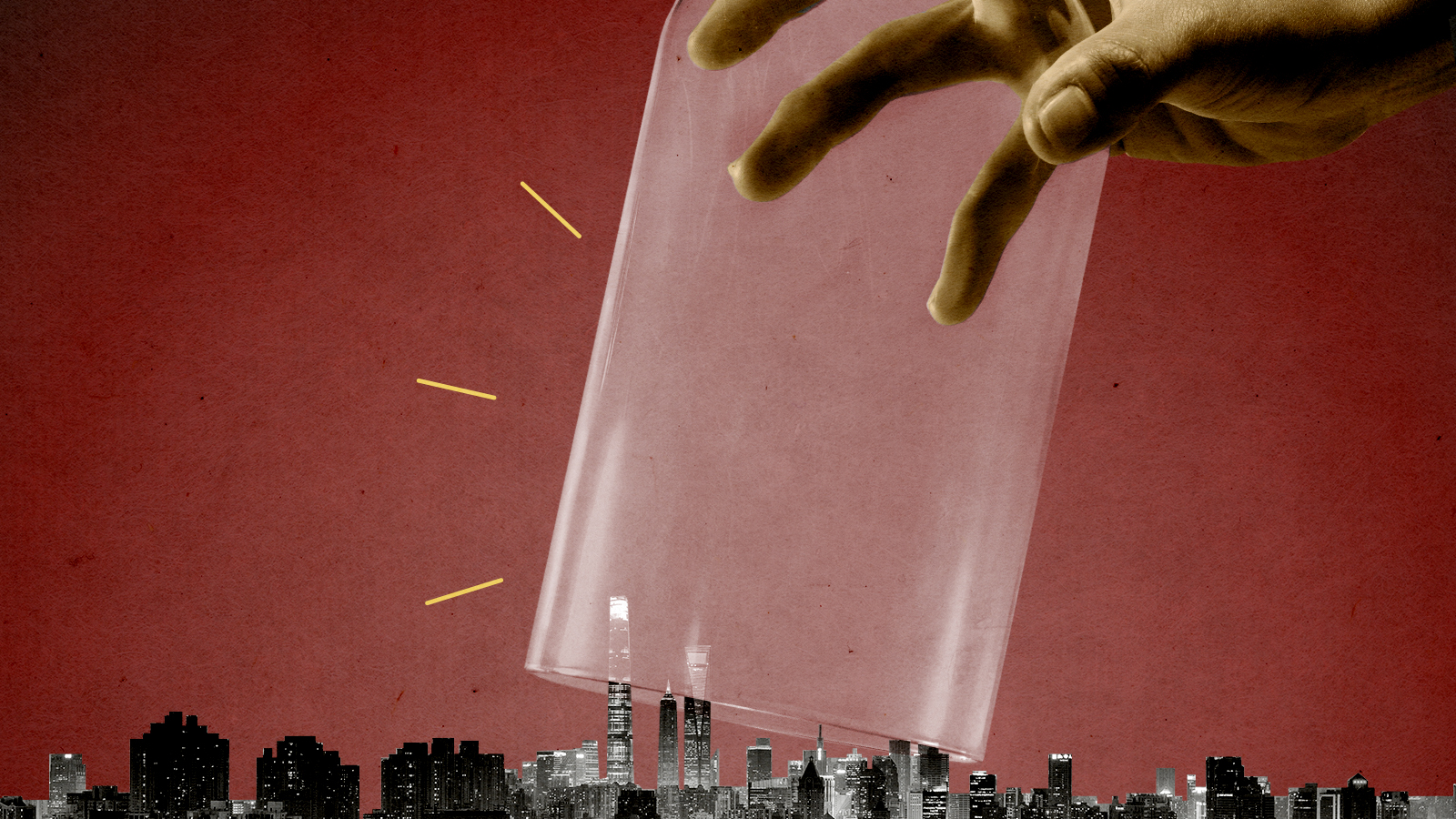
China recently started relaxing its strict COVID-19 policies after they led to nationwide turmoil. Last month, protests over the government's "zero COVID" policy erupted in cities across the country, and some demonstrators openly called for President Xi Jinping to resign. In one video from Shanghai, The Associated Press reported, crowds could be heard chanting: "Xi Jinping! Step down! CCP! Step down!" The persistent outrage was a rare and striking challenge to the authoritarian rule of the Communist Party, which has governed the country since 1949.
After weeks of protests, Beijing announced that some of the strict policies would be relaxed. However, relief over the departure from the stringent restrictions was shortlived, as hospitals reported a surge in COVID patients in the days following the announcement.
How did China's zero COVID policy work, and what has happened since the country started winding it down? Here's everything you need to know:
The Week
Escape your echo chamber. Get the facts behind the news, plus analysis from multiple perspectives.

Sign up for The Week's Free Newsletters
From our morning news briefing to a weekly Good News Newsletter, get the best of The Week delivered directly to your inbox.
From our morning news briefing to a weekly Good News Newsletter, get the best of The Week delivered directly to your inbox.
How did China's policy work?
Call it a lockdown on steroids. It was a "two-pronged" policy that emphasized both prevention and containment, Reuters reports. The prevention part focused on massive and frequent testing of the country's population, and a recent negative test could be "a requirement to enter a business or public facility." People who tested positive were quarantined in their homes or in a government facility.
Containment was the more far-reaching part of the policy, with "buildings, communities, or even entire cities" put under quarantine when a COVID outbreak occurred. That even extended to the entire country: China's borders are closed to most visitors — and those who are allowed are confined in isolation for eight days before they can travel more freely. The point of all this? To eradicate the virus where it appears before it can spread to the entire country.
What were the trade-offs?
Shutting down entire communities is obviously disruptive. "In some cases, lockdowns have led to widespread shortages of food and other daily necessities," The New York Times reported. During the spring of 2022, the city of Shanghai — a financial hub with a population of more than 26 million people — was locked down for more than 60 days. "Unable to secure fresh produce, many residents lived on instant noodles or rice porridge," The New Yorker reported in June. "Some of them protested with loudspeakers, or banged pots and pans." The policy also took a toll on the economy and disrupted worldwide supply chains.
Did the policy actually contain COVID?
"China's approach won praise during the beginning of the pandemic, and there is no doubt it has saved lives," The New York Times reported. In early 2020, The Guardian pronounced the early shutdown of the city of Wuhan to be "brutal but effective" in containing COVID. But the policy's effectiveness seemed to diminish: China later began routinely reporting record numbers of new cases — like nearly 40,000 new cases on Nov. 26 alone.
A free daily email with the biggest news stories of the day – and the best features from TheWeek.com
Still, those case spikes must be put in context. CBS News reported that China's record numbers were still "dwarfed by cases in many other developed nations." Through much of late November, for example, the United States was still reporting more new daily cases than China — even though the U.S. has a much smaller population.
Why didn't vaccines end the policy?
The Chinese vaccines are not very effective, Wired reported in February, as the Omicron variant was on the rise. "The numbers are stark: Sinovac is 51 percent effective in preventing symptomatic COVID infection. Pfizer is 95 percent effective." (China agreed in early November to allow the use of the vaccine developed by Pfizer and BioNTech — but only for foreigners.) There's also the "anti-vaxx" problem familiar in the United States: Only 40 percent of Chinese people over the age of 80 have taken the full three-dose regimen required for full protection.
One other issue: China's hospitals weren't equipped to treat all the COVID cases that were sure to result once the policy was dropped. "The medical system will probably be paralyzed when faced with mass cases," an anonymous doctor predicted to the Financial Times while lockdown was still in full effect. However, toward the end of the year, Bloomberg reports the country's health authorities pledged to "strengthen hospital networks to more effectively treat COVID patients."
What sparked the protests?
As restrictions rolled on, there were growing signs of unrest: Workers at Foxconn, which makes iPhones for Apple, spent much of November rebelling against COVID restrictions. But the latest protests started spreading after a deadly fire in the Xinjiang region killed 10 people, The New York Times reports. Internet users shared evidence the building was under a strict COVID lockdown that made it harder for residents to flee.
"The incident was also the latest in a series of horror stories linked to COVID restrictions," BBC reports, including a "quarantine bus" crash that killed 27 people, and a mid-November report that a baby died in the city of Zhengzhou because paramedics delayed care while her family was isolated in a quarantine hotel. As a result, "the stage was set for widespread demonstrations."
The World Cup may also have provided a spark. Televised images of maskless crowds in Qatar moved Chinese social media users to complain about the contrast "with the severe isolation they felt under President Xi Jinping's zero COVID policy," The Guardian reports. China began censoring the broadcasts.
What's happening now?
In early December, China began dismantling its stringent zero COVID policies following the surge of protests throughout the country. Under the newly relaxed rules, people who test positive for the virus can quarantine at home instead of being forced into government facilities if they are asymptomatic or have mild symptoms. Authorities also reduced the requirements for PCR testing, digital health passes, and travel tracking. While many were relieved by the loosened restrictions, the sudden departure from the strict policy without much advance notice also sparked concerns about inevitable outbreaks.
In the week following the loosening of restrictions, hospitals reported a major uptick in the number of COVID patients seeking treatment. In addition to the influx of patients, hundreds of staff members tested positive for the virus. Hospitals and fever clinics struggled to keep up with the demand for care as long lines formed outside their facilities. At a briefing, Beijing municipal officials said 22,000 patients visited fever clinics in one day, which was 16 times the daily average of the prior week, per The Washington Post.
Experts warned that the country is ill-equipped for the sudden exit from the "zero COVID" policies. Three professors at the University of Hong Kong project that a nationwide reopening could lead to up to 684 deaths per million people, CNN reports. That would amount to nearly a million deaths, given China's population. The research paper, which has yet to undergo peer review, suggests the surge of infections would "likely overload many local health systems across the country," per CNN.
Updated Dec. 20: This piece has been changed throughout to reflect new developments.
Joel Mathis is a writer with 30 years of newspaper and online journalism experience. His work also regularly appears in National Geographic and The Kansas City Star. His awards include best online commentary at the Online News Association and (twice) at the City and Regional Magazine Association.
-
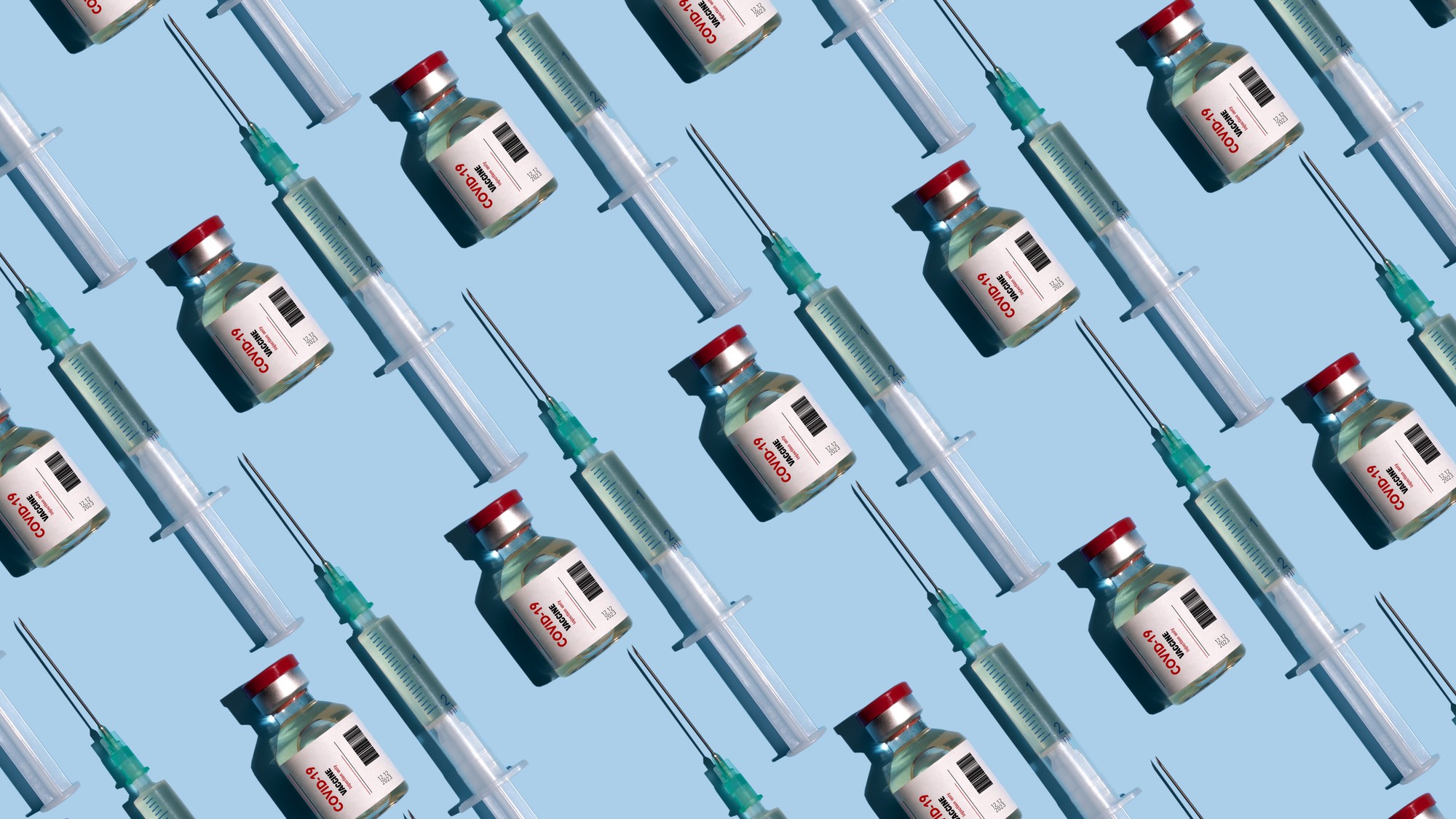 Covid-19 mRNA vaccines could help fight cancer
Covid-19 mRNA vaccines could help fight cancerUnder the radar They boost the immune system
-
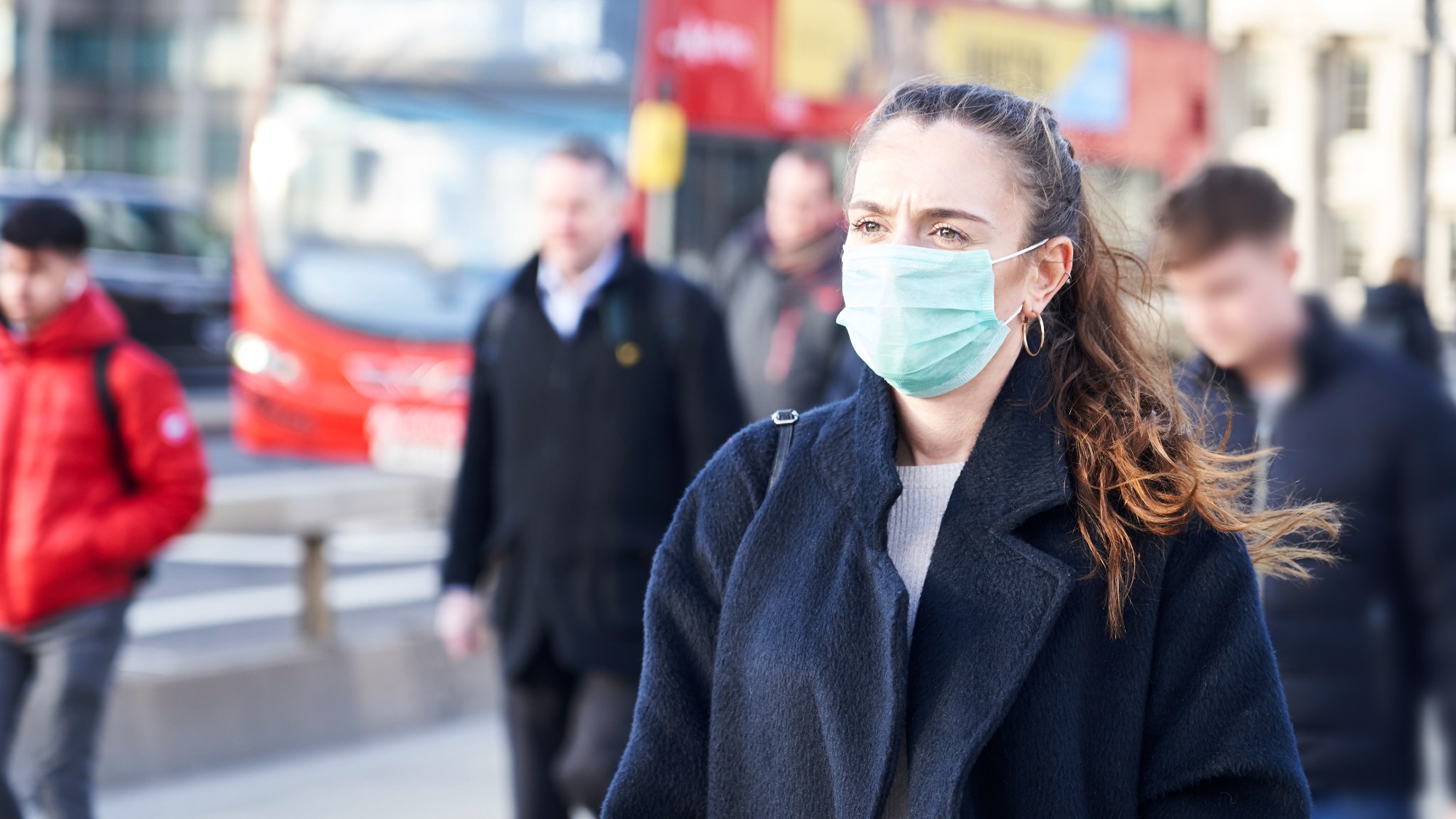 The new Stratus Covid strain – and why it’s on the rise
The new Stratus Covid strain – and why it’s on the riseThe Explainer ‘No evidence’ new variant is more dangerous or that vaccines won’t work against it, say UK health experts
-
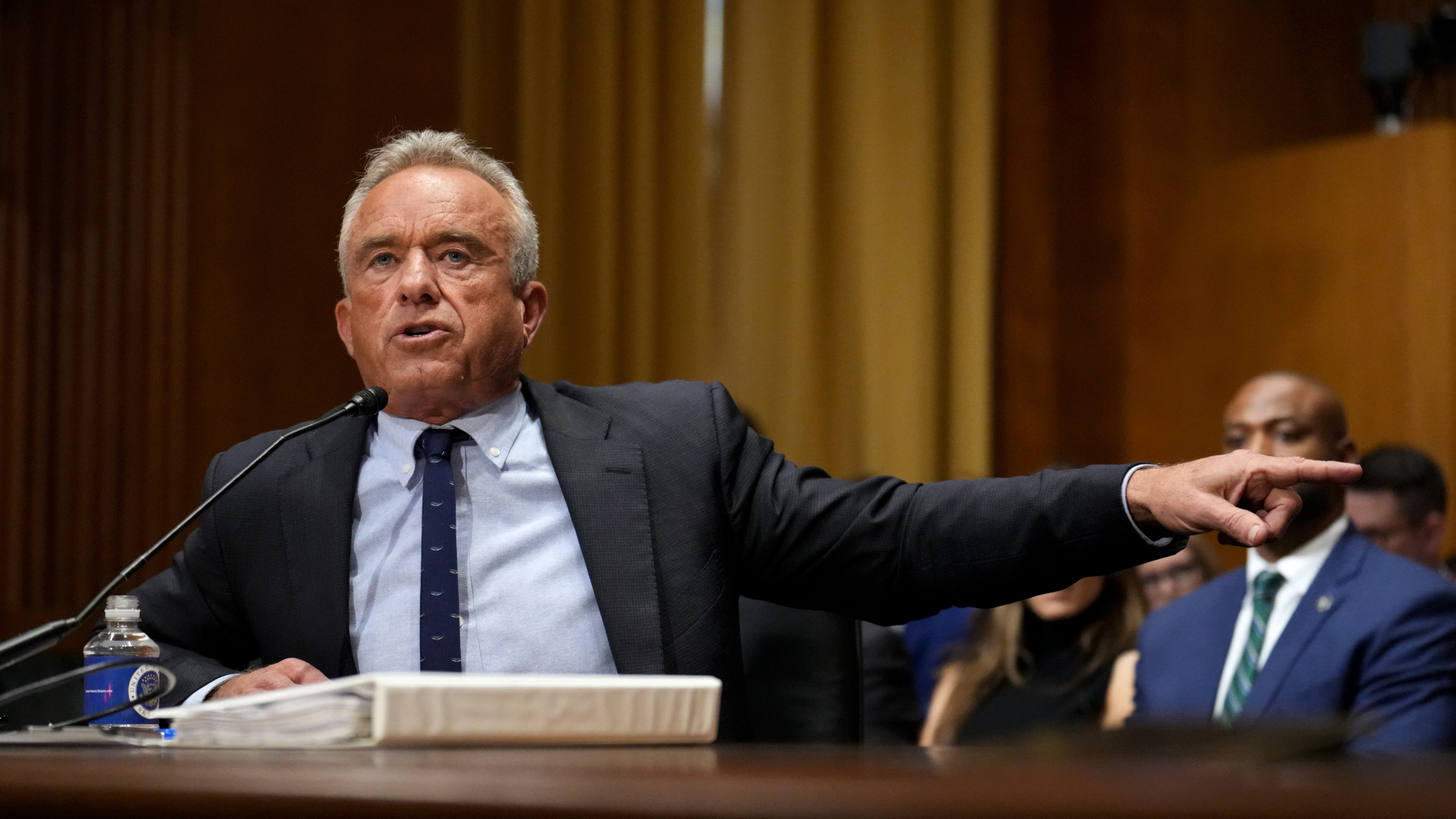 RFK Jr. vaccine panel advises restricting MMRV shot
RFK Jr. vaccine panel advises restricting MMRV shotSpeed Read The committee voted to restrict access to a childhood vaccine against chickenpox
-
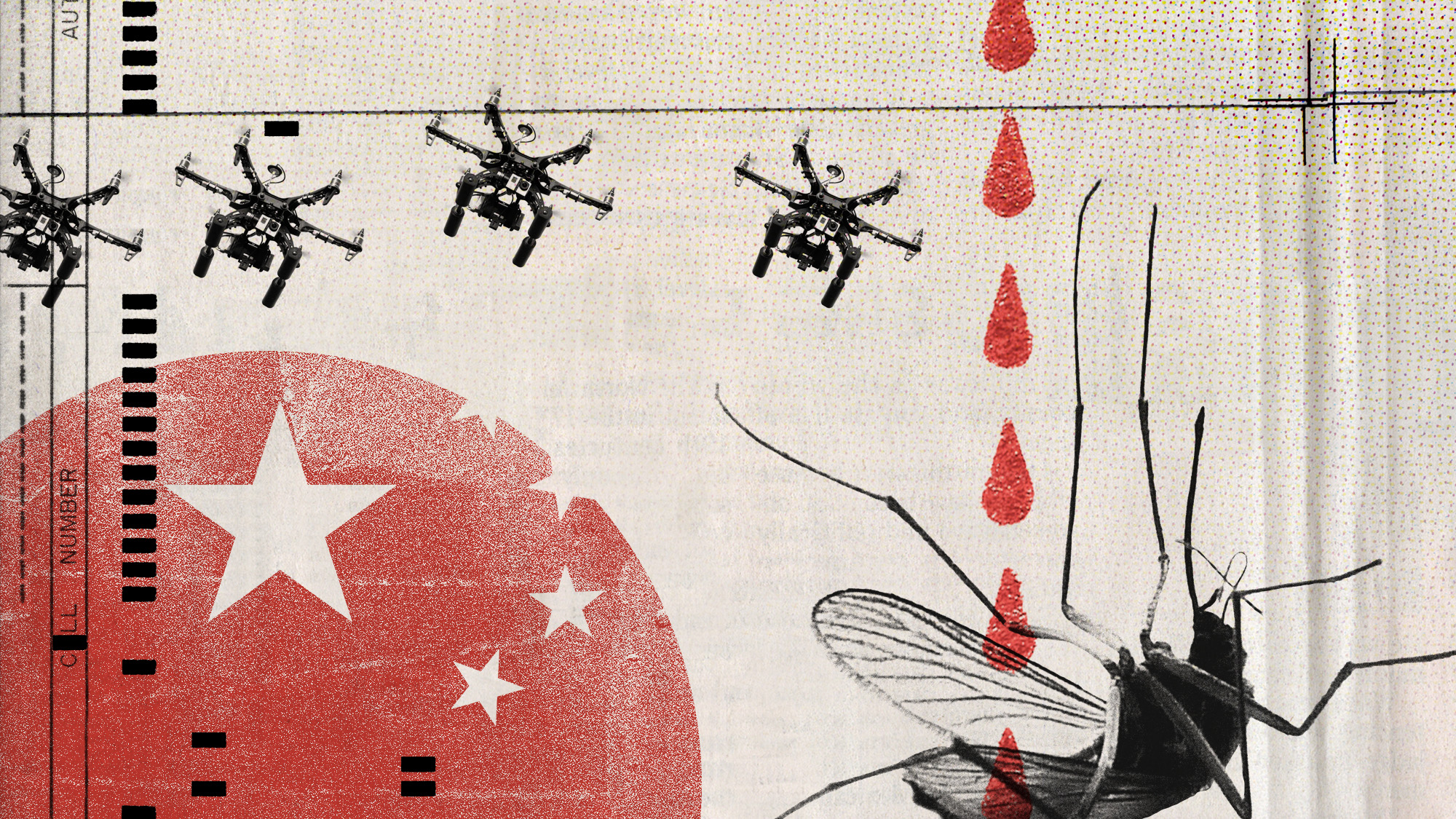 How China is battling the chikungunya virus
How China is battling the chikungunya virusUnder The Radar Thousands of cases of the debilitating disease have been found in the country
-
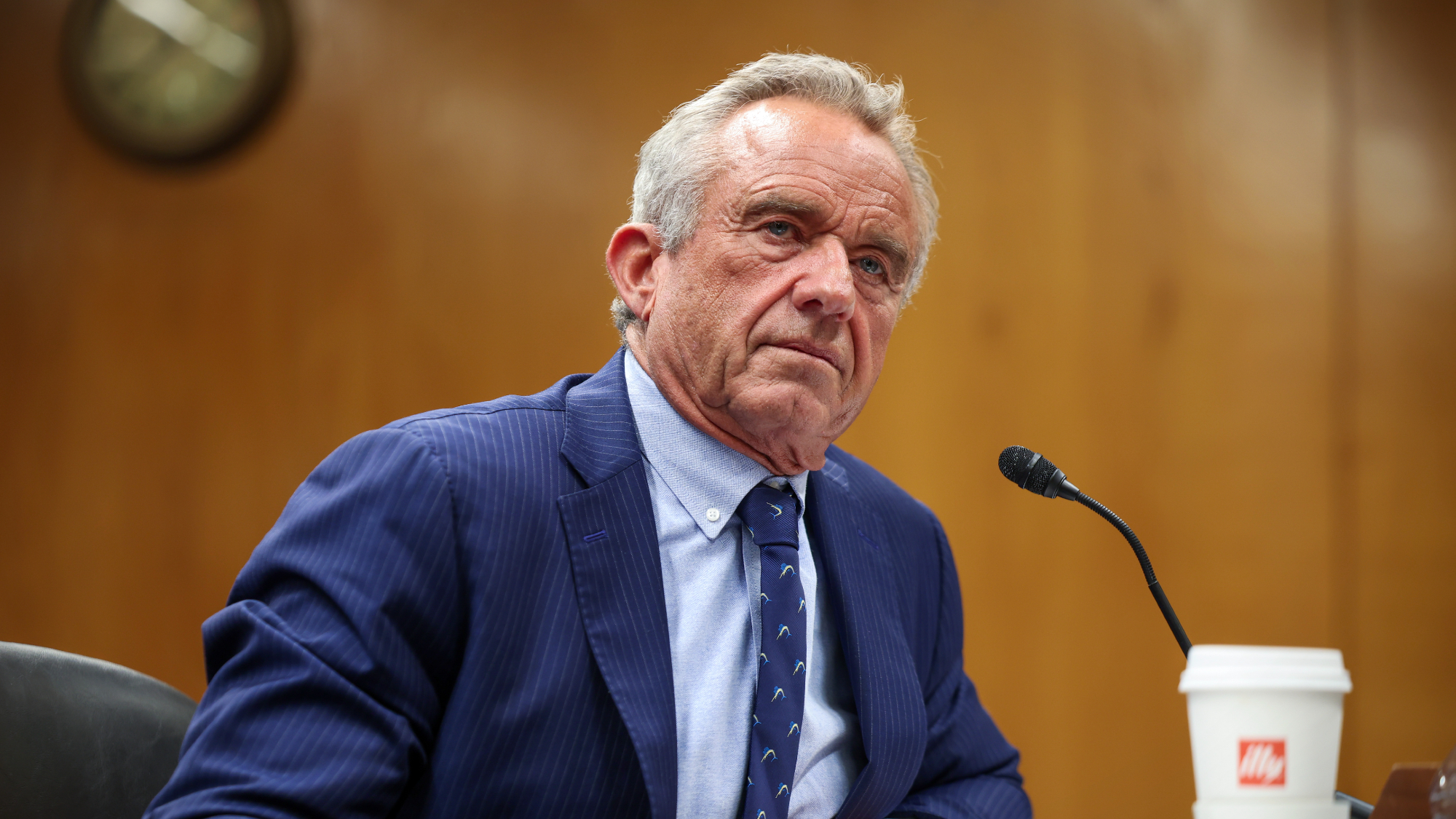 RFK Jr. scraps Covid shots for pregnant women, kids
RFK Jr. scraps Covid shots for pregnant women, kidsSpeed Read The Health Secretary announced a policy change without informing CDC officials
-
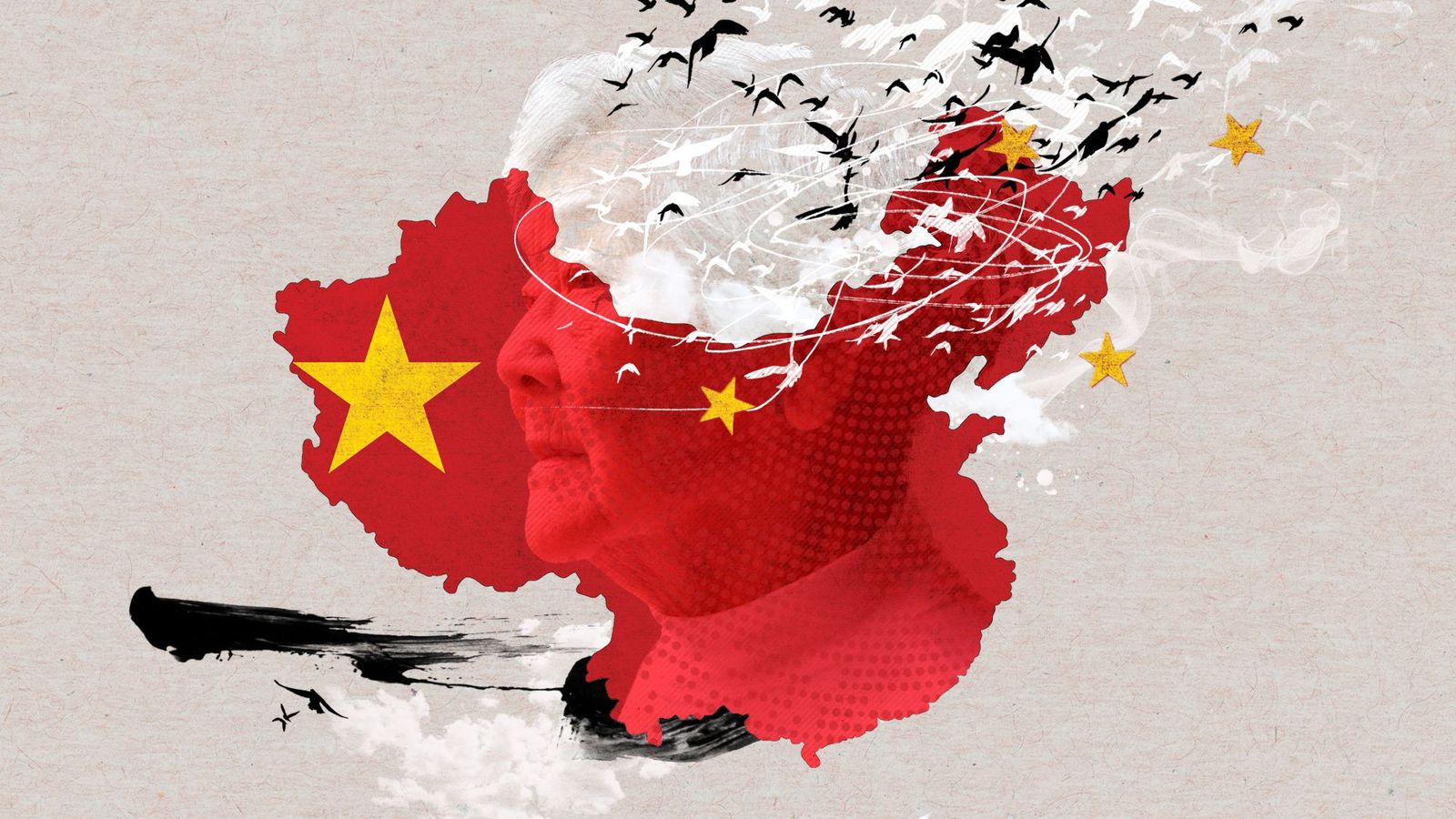 China's soaring dementia rates
China's soaring dementia ratesUnder The Radar Government launches action plan after cases in China increase 50% faster than global average
-
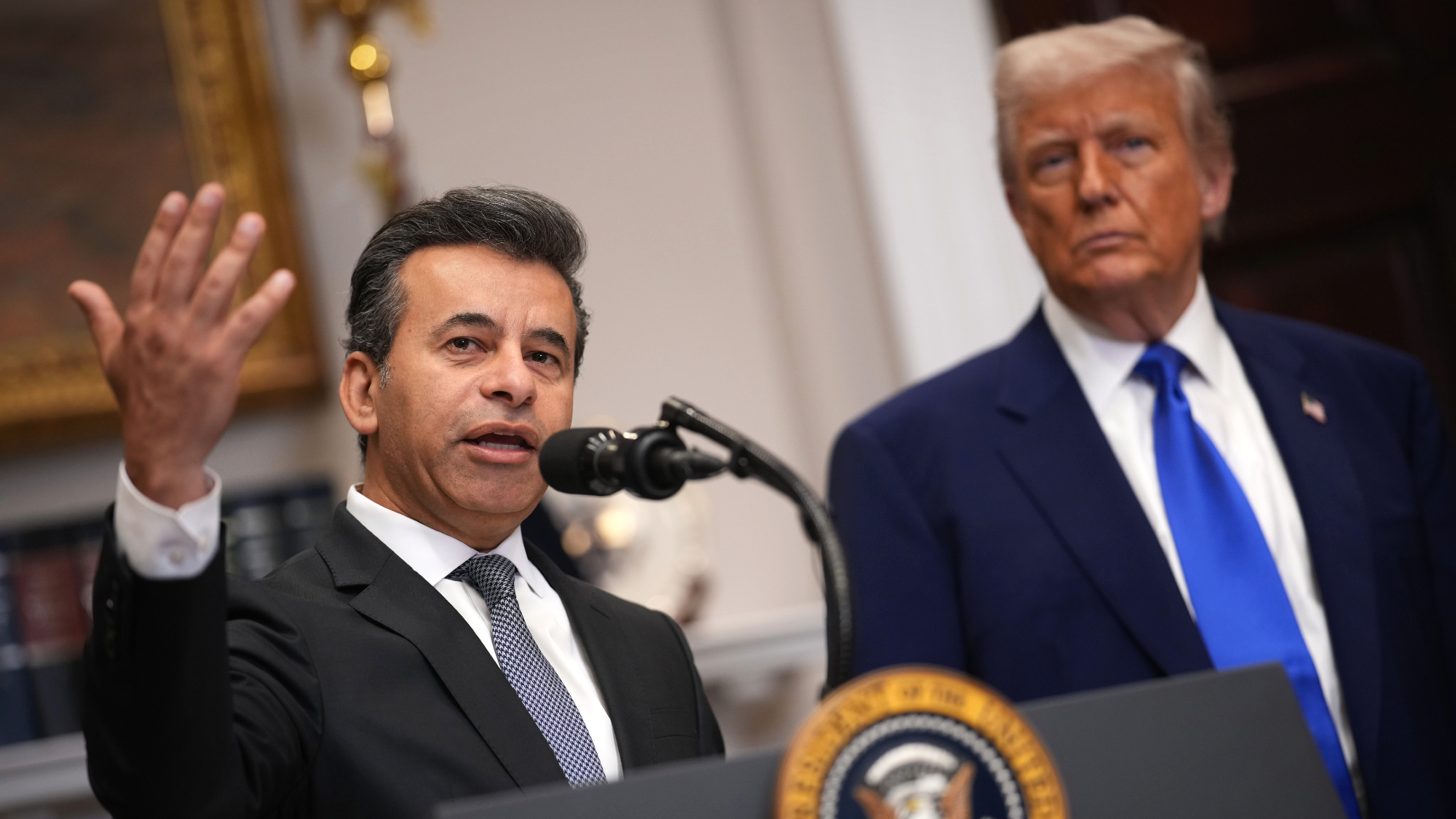 New FDA chiefs limit Covid-19 shots to elderly, sick
New FDA chiefs limit Covid-19 shots to elderly, sickspeed read The FDA set stricter approval standards for booster shots
-
 RFK Jr.: A new plan for sabotaging vaccines
RFK Jr.: A new plan for sabotaging vaccinesFeature The Health Secretary announced changes to vaccine testing and asks Americans to 'do your own research'





